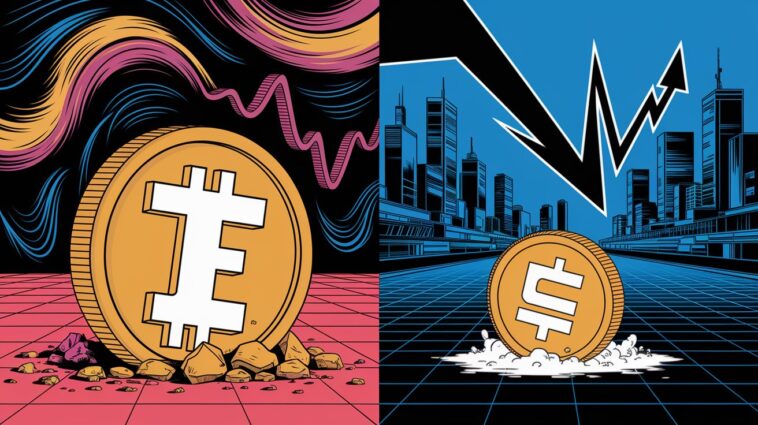The recent plummet of Mantra’s OM token, which saw a 92% drop from over $6 to around $0.52 within hours on April 13, 2025, has drawn comparisons to the infamous Terra (LUNA) crash of May 2022. While both events share visual similarities in their price charts, experts argue that the underlying causes are fundamentally different.
**Key Differences Between OM and LUNA Crashes**
The Terra (LUNA) collapse was a systemic failure rooted in the malfunction of its algorithmic stablecoin, UST. This led to a cascading effect that resulted in LUNA losing over 99% of its value within days. In contrast, the OM token’s crash is attributed to market-driven factors, including a significant amount of insider-held tokens being moved to exchanges, triggering a wave of liquidations. Experts like Ben Yorke from Woo and Alexis Sirkia from Yellow Network emphasize that Mantra’s crash was not due to a structural flaw in the protocol but rather a breakdown in token handling and trust.
**Recovery and Community Response**
Following the sharp decline, OM has shown signs of recovery, bouncing over 200% from its lowest point. This rebound indicates real demand and community belief, aspects that were notably absent in the aftermath of the LUNA crash. Mantra’s CEO, John Mullin, has committed to releasing a post-mortem report detailing the events leading to the token’s crash, further showcasing the team’s transparency and commitment to addressing the situation.
While the OM token’s crash has understandably raised concerns and comparisons to the LUNA debacle, the differences in their causes and subsequent recoveries highlight the importance of understanding the unique circumstances surrounding each event. Investors are encouraged to stay informed and exercise caution in the volatile crypto market.
—




